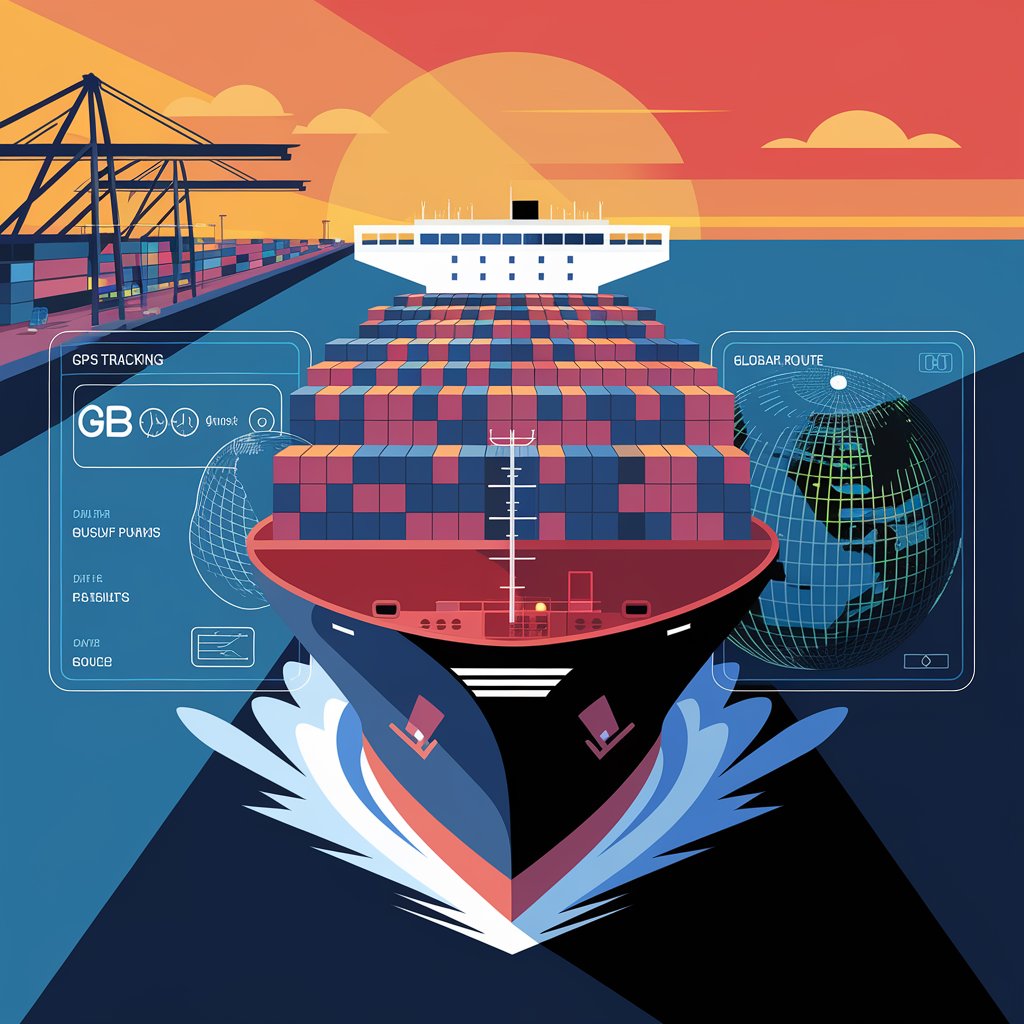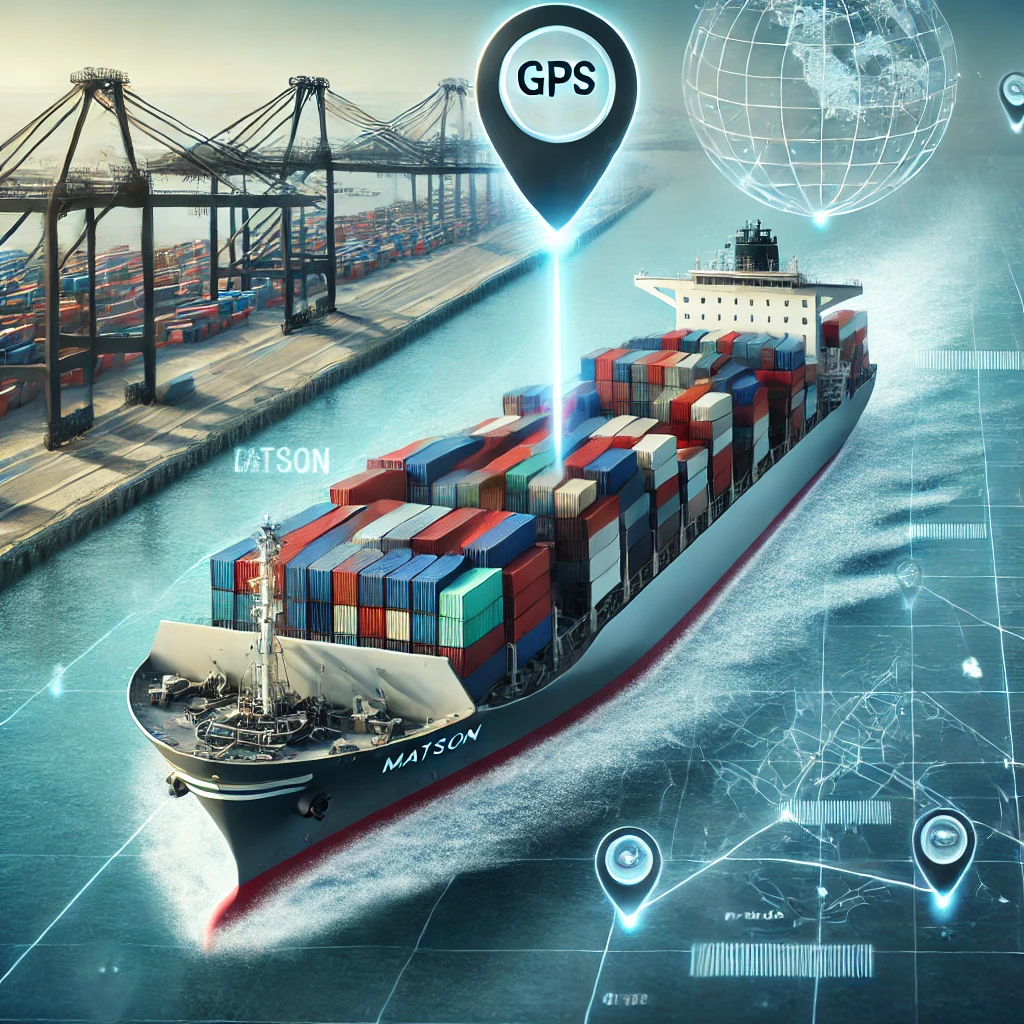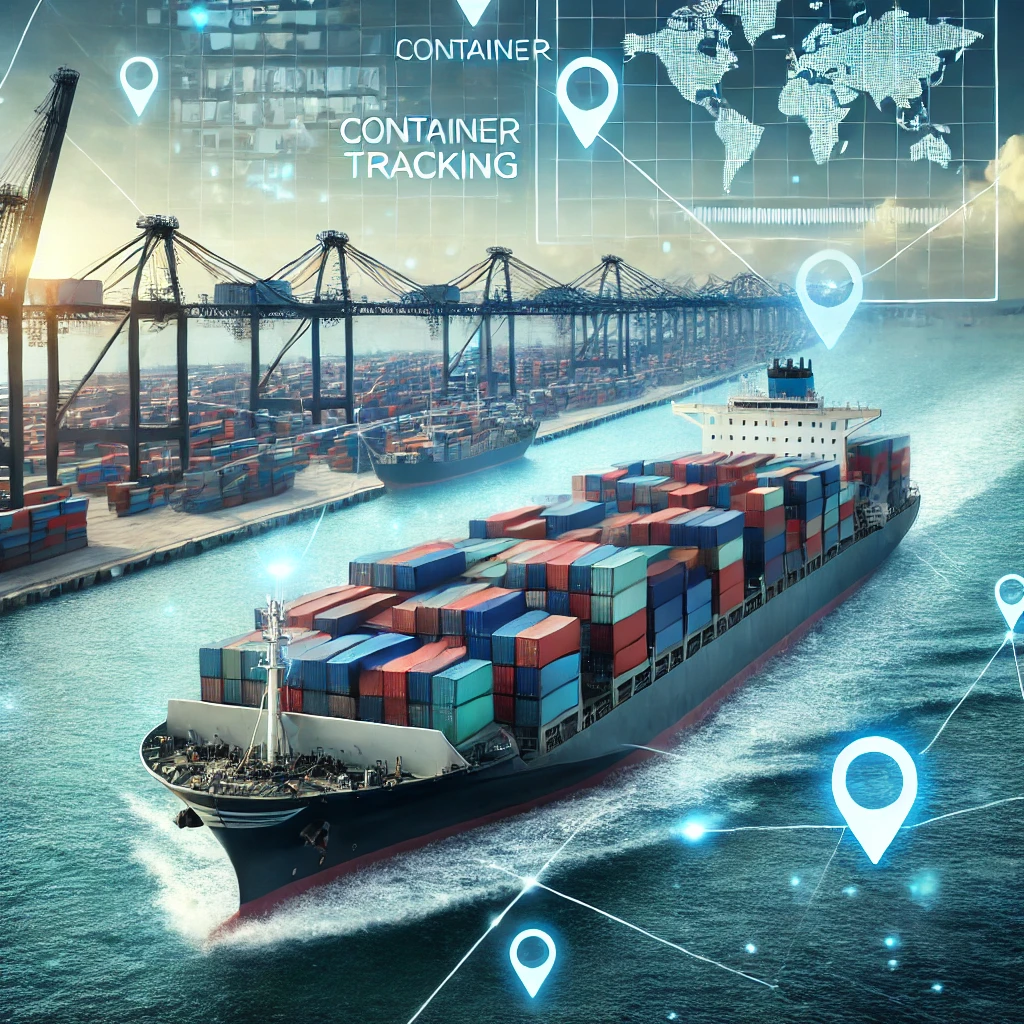Matson Container Tracking: How to Track Your Shipments with Ease

What is Matson Container Tracking?
Matson container tracking is a sophisticated service that allows shippers, consignees, and logistics managers to monitor the movement of their containers from origin to destination in real-time. With a rich history dating back to 1882, Matson has established itself as a key player in Pacific shipping, and its tracking system reflects decades of experience and technological advancement.
Matson’s tracking system leverages cutting-edge technology, including:
- GPS Tracking: Many containers are equipped with GPS devices that transmit location data at regular intervals.
- Electronic Data Interchange (EDI): This technology facilitates the seamless exchange of shipping information between Matson, ports, and other stakeholders in the supply chain.
- Automated Tracking Systems: Matson employs advanced systems that update container status based on predefined checkpoints throughout the shipping journey.
- Integration with Port Systems: The tracking system is often integrated with port management systems, providing updates on container handling and customs clearance.
By utilizing these technologies, Matson ensures that customers have access to accurate, up-to-date information about their shipments at all times.
How to Track Your Matson Container Shipment
Tracking your Matson container is a straightforward process. Follow these steps to stay informed about your shipment:
- Obtain Your Container or Booking Number
- Locate your container number, booking number, or bill of lading number on your shipping documents.
- This information is crucial for accessing your shipment details in Matson’s tracking system.
- Visit the Matson Tracking Website
- Go to Matson’s official website (www.matson.com).
- Navigate to the “Track a Shipment” section, usually found prominently on the homepage or in the main navigation menu.
- Enter the Required Information
- On the tracking page, you’ll find fields to enter your tracking details.
- Input your container number, booking number, or bill of lading number as appropriate.
- Some systems may ask for additional information, such as the shipper’s name or destination port.
- View Your Shipment Status
- After entering your details, click the “Track” or “Search” button.
- The system will display current information about your container, including:
- Current location
- Transit status
- Estimated arrival time
- Any reported delays or issues
- Set Up Alerts (if available)
- Many tracking systems offer the option to set up email or SMS alerts.
- These alerts can notify you of significant status changes or when your container reaches certain milestones.
- Look for an “Alert” or “Notification” option on the tracking results page to set this up.
By following these steps, you can easily keep tabs on your Matson shipments throughout their journey across the Pacific and beyond.
Information Available Through Matson Container Tracking
When you track your Matson container, you gain access to a wealth of valuable information. Here’s what you can typically expect to see:
- Current Location
- Real-time updates on where your container is along the shipping route.
- This could be at sea, in port, or at a specific location within a port facility.
- Transit Status
- Information on whether the container is:
- At sea
- In port
- Undergoing customs clearance
- Loaded/unloaded from a vessel
- En route to inland destination
- Information on whether the container is:
- Estimated Arrival Time (ETA)
- Predicted time of arrival at the destination port.
- This helps in planning for pickup or further distribution.
- ETAs are usually updated regularly to account for any changes in transit.
- Delay Notifications
- Alerts about any disruptions that may impact delivery times, such as:
- Weather delays
- Port congestion
- Customs holds
- Vessel schedule changes
- Alerts about any disruptions that may impact delivery times, such as:
- Vessel Information
- Details about the ship carrying your container.
- May include vessel name, voyage number, and current ship location.
- Milestone Updates
- Key events in your container’s journey, such as:
- Picked up from shipper
- Arrived at origin port
- Loaded onto vessel
- Vessel departed
- Vessel arrived at destination
- Container discharged
- Customs clearance status
- Ready for pickup
- Key events in your container’s journey, such as:
- Document Status
- Information on shipping documents, including:
- Bill of lading status
- Customs documentation
- Any required certificates or permits
- Information on shipping documents, including:
This comprehensive information enables shippers and consignees to maintain full visibility of their cargo throughout the shipping process, from the ports of Los Angeles and Oakland to destinations across Hawaii, Guam, and the South Pacific.
Benefits of Tracking Your Matson Container
Utilizing Matson’s container tracking system offers numerous advantages for businesses and individual shippers:
- Enhanced Visibility
- Real-time tracking provides transparency and keeps you informed about your cargo’s location and status.
- This visibility helps in making informed decisions and responding quickly to any issues.
- Improved Planning and Scheduling
- Knowing the estimated arrival time allows for better coordination of logistics, warehousing, and delivery arrangements.
- It enables more efficient resource allocation and reduces idle time at ports or warehouses.
- Risk Management
- Immediate updates help identify potential issues, such as delays or rerouting.
- This allows shippers to adjust plans accordingly, minimizing the impact of disruptions.
- Customer Communication
- Tracking information can be shared with customers, enhancing service quality and providing peace of mind.
- It helps set accurate expectations and improves overall customer satisfaction.
- Inventory Optimization
- Accurate tracking data supports just-in-time inventory practices.
- Businesses can maintain lower stock levels, knowing exactly when new shipments will arrive.
- Cost Control
- By anticipating arrivals and potential delays, companies can avoid unnecessary storage fees or expedited inland transportation costs.
- Compliance and Documentation
- Tracking systems often provide access to essential shipping documents.
- This helps ensure compliance with customs regulations and facilitates smooth clearance processes, especially important for shipments to Hawaii, Alaska, and Guam.
- Performance Monitoring
- Tracking data can be used to assess carrier performance and identify areas for improvement in the supply chain.
Leveraging these benefits can lead to significant improvements in overall supply chain efficiency and customer satisfaction, particularly for businesses operating in Matson’s key service areas.
Common Tracking Issues and How to Resolve Them
While Matson’s container tracking system is generally reliable, users may occasionally encounter issues. Here are some common problems and how to resolve them:
- Incorrect Container Number
- Double-check the number on your shipping documents to ensure accuracy when entering it into the tracking system.
- Verify that you’re using the correct format, including any prefixes or suffixes.
- If unsure, contact your Matson representative for the correct tracking number.
- No Tracking Updates Available
- If the tracking information is missing or outdated, it may be due to data delays.
- Wait a few hours and try again, as updates may not be instantaneous.
- If the problem persists for more than 24 hours, contact Matson customer service for assistance.
- Technical Issues with the Tracking Website
- If you encounter technical problems, try the following:
- Refresh the page
- Clear your browser cache and cookies
- Use a different device or browser
- If issues continue, report them to Matson’s technical support team.
- If you encounter technical problems, try the following:
- Discrepancies in Tracking Information
- If you notice conflicting information, cross-reference with your shipping documents.
- Contact Matson customer service for clarification on any discrepancies.
- Limited Access to Tracking Details
- Some tracking features may require a login or additional permissions.
- Check with your Matson representative about accessing more detailed tracking information.
By addressing these common issues, you can ensure you’re getting the most accurate and up-to-date information about your Matson shipments.

Tips for Effective Container Tracking with Matson
Matson container tracking is a sophisticated service that allows shippers, consignees, and logistics managers to monitor the movement of their containers from origin to destination in real-time. With a rich history dating back to 1882, Matson has established itself as a key player in Pacific shipping, and its tracking system reflects decades of experience and technological advancement.
Matson’s tracking system leverages cutting-edge technology, including:
- GPS Tracking: Many containers are equipped with GPS devices that transmit location data at regular intervals.
- Electronic Data Interchange (EDI): This technology facilitates the seamless exchange of shipping information between Matson, ports, and other stakeholders in the supply chain.
- Automated Tracking Systems: Matson employs advanced systems that update container status based on predefined checkpoints throughout the shipping journey.
- Integration with Port Systems: The tracking system is often integrated with port management systems, providing updates on container handling and customs clearance.
By utilizing these technologies, Matson ensures that customers have access to accurate, up-to-date information about their shipments at all times.
Shipping Forwarders are the professionals who make global trade happen. As the global economy continues to grow, the number of domestic as well international shipments keeps increasing. For most companies, domestic shipments might be easy.
But as the business expands to exporting products, it faces challenges in shipping the products to end customers. While imports and exports contribute greatly to a company’s economic growth, it can also be a time-consuming process with all the paperwork, compliance and regulations involved in an international trade. This is where a freight forwarder comes into the picture.
Businesses who expand to trade internationally often hire specialists called International Freight Forwarders to help them ease the process.

Conclusion
Matson container tracking is an invaluable tool for businesses and individuals shipping goods across the Pacific. By providing real-time visibility into shipment status and location, it enables better planning, risk management, and customer service. Understanding how to effectively use and troubleshoot the tracking system can significantly enhance your supply chain efficiency and reliability.
As global trade continues to evolve, leveraging advanced tracking tools becomes increasingly crucial for maintaining a competitive edge. By mastering Matson container tracking, you’re not just monitoring shipments – you’re optimizing your entire logistics operation, whether you’re shipping to Hawaii, Alaska, Guam, or international destinations.
Remember, while tracking is essential, it’s just one part of a comprehensive logistics strategy. Consider how you can integrate this tracking data with other aspects of your supply chain management for even greater benefits.
For businesses looking to further optimize their shipping operations, exploring advanced logistics solutions can provide additional advantages. These might include integrated tracking platforms, automated alerts systems, or comprehensive supply chain visibility tools that work seamlessly with Matson’s services.
